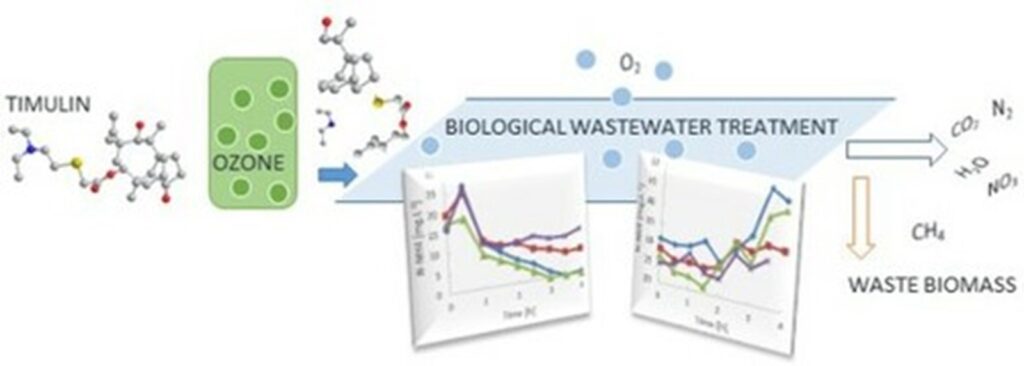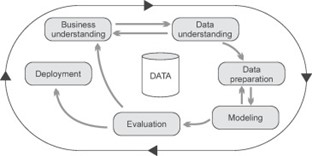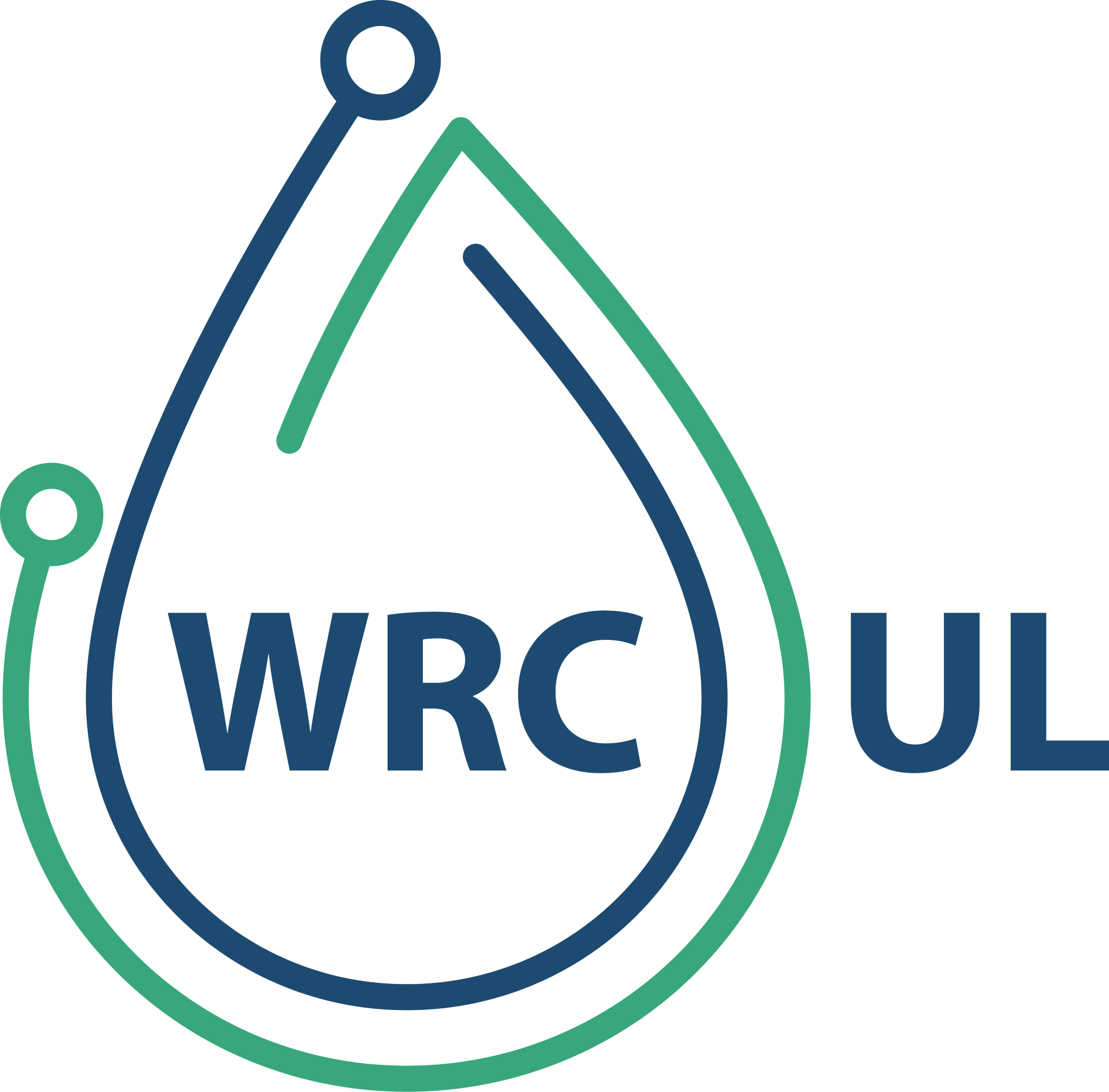WASTE WATER TREATMENT
Advanced approaches to waste water treatment

In the last decades we have witnessed breakthroughs of certain environmental engineering technologies, including advanced oxidation processes based on ozone, H2O2, UV light, and electrochemical processes. We have recently shown that ozonation and ozonation in combination with H2O2 in jet loop reactor can drastically increase biotreatability of persistent veterinary antibiotics. We are exploring this method further, by hybridising it with cavitation, the process including the formation, cyclic growth and rarefaction with terminal implosive collapse of vapour bubbles in the liquid phase. When collapsing cavitation bubbles release energy that causes mechanical and chemical changes in materials in contact. Therefore the effects of cavitation can be used for degradation of chemicals in various industrial and environmental applications.
Derco J, Žgajnar Gotvajn A, Guľašová P, Kassai A, Šoltýsová N. Nutrient Removal and Recovery from Municipal Wastewater. Processes. 2024; 12(5):894. https://doi.org/10.3390/pr12050894
Lekše, N., Žgajnar Gotvajn, A., Zupančič, M. et al. Oil-based extraction as an efficient method for the quantification of microplastics in environmental samples. Environ Sci Eur 2024; 36, 68. https://doi.org/10.1186/s12302-024-00898-6
Žgajnar Gotvajn, A., Derco, J., Vrabel, M., & Kassai, A. Improvement of biotreatability of environmentally persistent antibiotic Tiamulin by O3 and O3/H2O2 oxidation processes. Environmental Technology 2021; 43(15), 2319–2328. https://doi.org/10.1080/09593330.2021.1876776
NANO-FILTRATION MATERIAL
New methodology to developing nano-filtration material
Reverse osmosis, and nano filtration are vital in water purification process, and they can even be used to obtain fresh water from the sea. Even though the principles of both methods are well-known, membrane materials that have higher water permeation rates, lower energy requirements, good salt rejection, good mechanical robustness, and reduced fouling, are needed. We have in the past developed the methodology for studying the adsorption in nanostructural materials which allow to predict the performance of candidate membranes. We are applying this methodology to model nanostructural materials properties which will allow us to predict the performance of candidate membranes. New water and solution models will be developed. The molecular basis for different water diffusion in nanotubes will be explored, as well as predicting water flux through the membranes, depending dissolved hydrocarbons and salts, as well as temperature and pressure.

B. Hribar-Lee; Applicability of a central force water model to study adsorption in disordered hydrophobic matrices—replica Ornstein–Zernike theory. AIP Advances 2023; 13 (12): 125320. https://doi.org/10.1063/5.0184830
Barbara Hribar-Lee and Miha Lukšič, Replica Ornstein–Zernike Theory Applied for Studying the Equilibrium Distribution of Electrolytes across Model Membranes
The Journal of Physical Chemistry B 2018; 122 (21), 5500-5507
https://pubs.acs.org/doi/10.1021/acs.jpcb.7b11791
M. Lukšič, G. Trefalt, B. Hribar-Lee; Application of Replica Ornstein-Zernike equations in
studies of the adsorption of electrolyte mixtures in disordered matrices of charged particles. Condensed Matter Physics 2009; 12 (4): 717–724. https://citeseerx.ist.psu.edu/document?repid=rep1&type=pdf&doi=96422f9ccf95ed7e7d1ef3c19d71911be33b4b4e
MACHINE LEARNING
Machine-learning approach to reduce the pollutants in water

While the new water filtration membranes, and innovative approaches to municipal and industrial wastewater treatment in modern wastewater treatment plants could improve the efficiency of treating and removing pollutants before discharge into water one should aim towards reducing the pollutants all together. We will use machine learning techniques to create the decision support system for reducing the water pollution in different directions. While agriculture is one of the bigger water pollutants, we will address sustainable agriculture by machine learning (ML). AgroDSS, a decision support system for agriculture and farming have been developed by our co-workers to predict pest population dynamics. We will implement such decision support for agriculture that includes predictive modelling of pest population dynamics with aim to reduce pecticide usage resulting in water pollution.
Further, the ML techniques will be applied to analyze water use efficiency, in households, industry, and agriculture. While floods and droughts are also closely related to climate changes, the ML algorithms will also be used to support implementing sustainable land-use practices, such as reforestation, and wetland restoration, reducing spill erosion, and improving water infiltration which can help reduce the impacts of flood, and droughts.
R. Rupnik, M. Kukar, P. Vračar, D. Košir, D. Pevec, Z. Bosnić, AgroDSS: A decision support system for agriculture and farming, Computers and Electronics in Agriculture, 2019; 161, 260-271, https://doi.org/10.1016/j.compag.2018.04.001.

